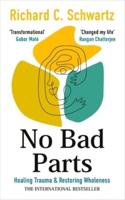Publisher's Synopsis
Hematopoietic stem cells (HSCs)--from bone marrow, peripheral blood, or umbilical cord blood--are used to treat patients with cancers such as leukemia or lymphoma, disorders of the blood and immune systems, severe aplastic anemia, sickle cell disease, and certain inherited metabolic diseases. In addition to cord blood's direct therapeutic value to patients, it is also used for basic research on blood, blood stem cells, and immune cells. In recent years, the U.S. government (through the Health Resources and Services Administration) has endeavored to increase the overall national inventory--which currently contains over 200,000 units--as well as the number of high-quality units and the number of units from racial/ethnic minorities. Despite the important clinical and research roles of cord blood products and a clear public health need for increasing and diversifying our national inventory, little is systematically known about the economics










